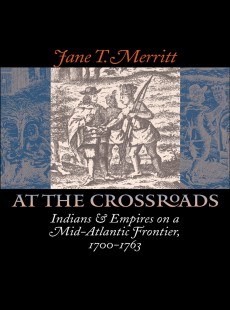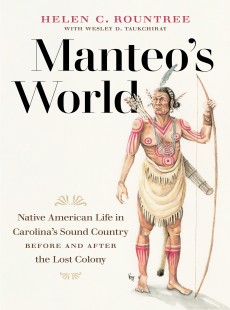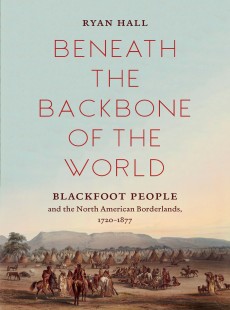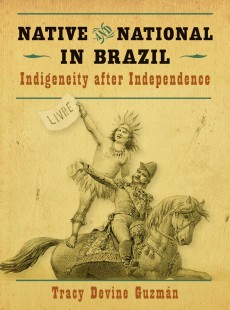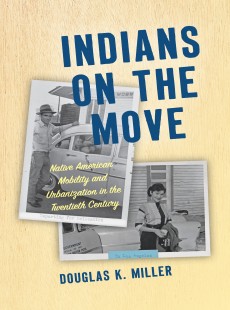
Indians on the Move
Native American Mobility and Urbanization in the Twentieth Century
Douglas K. Miller
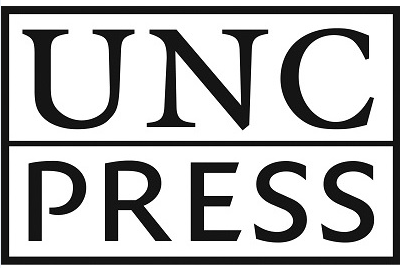 Publisher: University of North Carolina Press
Publisher: University of North Carolina Press
Imprint: The University of North Carolina Press
Published: 02/2019
Pages: 272
Subject: Social Science, History
| University of North Carolina
Print ISBN: 9.78147E+12
eBook ISBN: 9781469651392
DESCRIPTION
The dynamic histories of everyday people at the heart of this book shed new light on the adaptability of mobile Native American communities. In the end, this is a story of shared experience across tribal lines, through which Indigenous people incorporated urban life into their ideas for Indigenous futures.
RELATED TITLES




